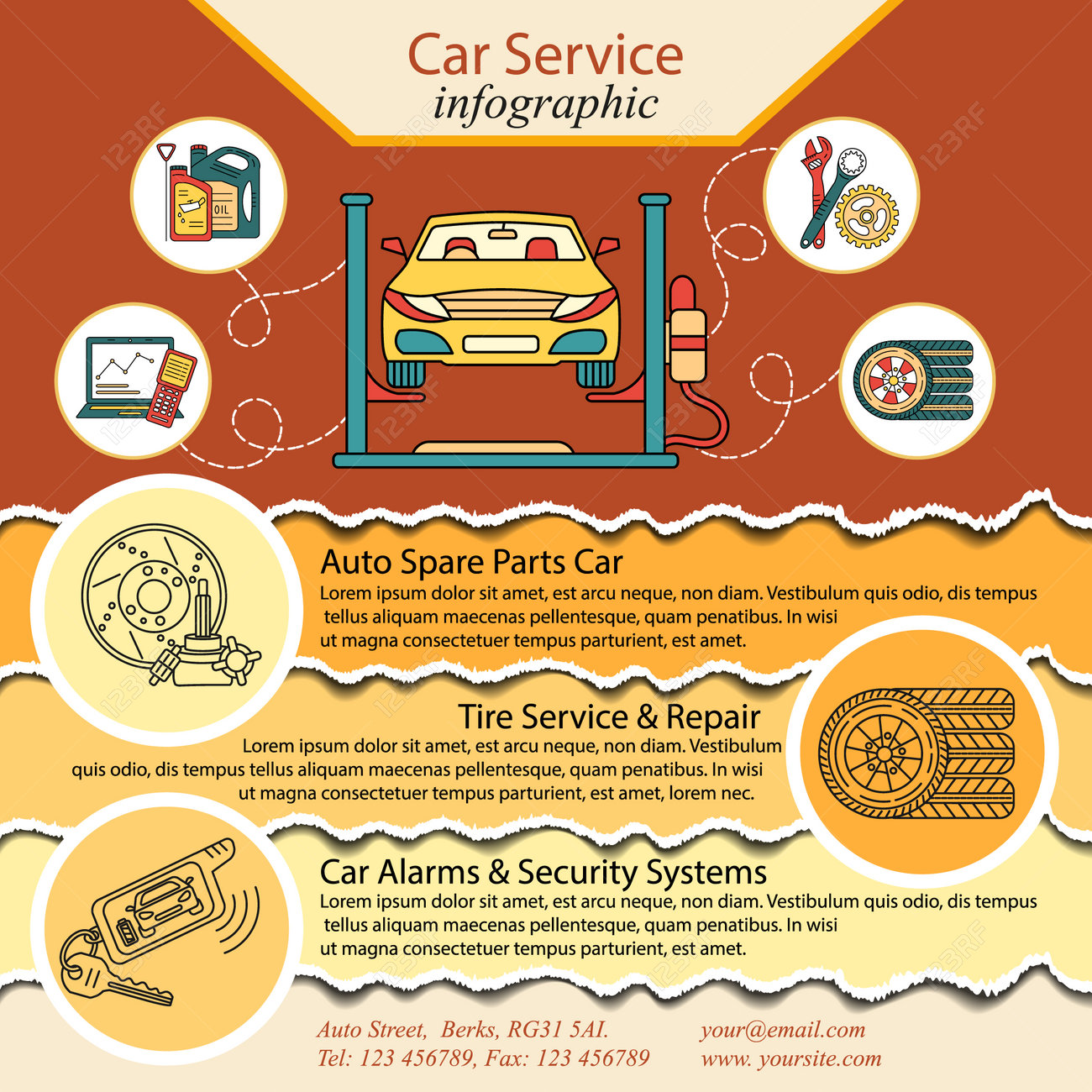Analyzing Your Auto'S Alert Lighting: Their True Ramifications
Analyzing Your Auto'S Alert Lighting: Their True Ramifications
Blog Article
Posted By-Samuelsen Gilbert
When you're behind the wheel, those radiant warning lights on your control panel can be a little bit perplexing. Do you recognize what they're trying to tell you concerning your automobile's wellness? Understanding the importance of these lights is essential for your safety and the durability of your vehicle. So, the following time among those lights turns up, would not you want to analyze its message properly and take the essential actions to address it?
Common Warning Lights and Interpretations
Recognize common warning lights in your vehicle and understand their definitions to make certain secure driving.
One of the most common warning lights include the check engine light, which signifies problems with the engine or emissions system. If car paint polish near me begins, it's critical to have your car checked without delay.
https://www.11alive.com/article/news/local/fire-dekalb-auto-repair-shop-lithonia-industrial-blvd/85-d8ee70ed-ce34-46d7-999a-441552956e9f cautioning light indicates reduced oil pressure, calling for instant attention to avoid engine damages.
A flashing battery light could recommend a malfunctioning charging system, potentially leaving you stranded if not resolved.
The tire stress tracking system (TPMS) light signals you to reduced tire pressure, influencing automobile security and fuel performance. Disregarding this might lead to harmful driving problems.
The abdominal muscle light indicates an issue with the anti-lock braking system, compromising your capability to quit quickly in emergency situations.
Finally, the coolant temperature level alerting light warns of engine getting too hot, which can cause serious damage otherwise fixed quickly.
Understanding these common warning lights will aid you address problems quickly and preserve secure driving problems.
Significance of Prompt Interest
Recognizing the common caution lights in your vehicle is just the very first step; the relevance of without delay addressing these cautions can not be highlighted enough to guarantee your security on the road.
When a warning light brightens on your dashboard, it's your car's way of connecting a possible problem that needs attention. Neglecting these warnings can lead to a lot more severe problems in the future, endangering your security and possibly costing you extra in repairs.
Trigger interest to warning lights can avoid break downs and accidents. As an example, a blinking check engine light can show a misfire that, if left unattended, might create damages to the catalytic converter. Addressing this without delay can save you from a costly repair.
In a similar way, a brake system cautioning light may signal reduced brake fluid or worn brake pads, vital elements for your safety and security when driving.
DIY Troubleshooting Tips
If you notice a caution light on your control panel, there are a few do it yourself repairing tips you can attempt prior to looking for expert assistance.
The first step is to consult your vehicle's handbook to comprehend what the specific warning light shows. Often the problem can be as basic as a loosened gas cap setting off the check engine light. Tightening up the gas cap may fix the problem.
Another common concern is a low battery, which can activate numerous advising lights. Checking the battery links for corrosion and guaranteeing they're protected may repair the trouble.
If a warning light continues, you can attempt resetting it by disconnecting the auto's battery for a couple of minutes and afterwards reconnecting it. In addition, examining your automobile's liquid levels, such as oil, coolant, and brake fluid, can aid repair cautioning lights connected to these systems.
Final thought
In conclusion, understanding your cars and truck's caution lights is important for keeping your lorry running smoothly and safely. By immediately dealing with these signals and recognizing what they mean, you can avoid pricey repairs and prospective breakdowns.
Bear in mind to consult your vehicle's guidebook for certain details on each advising light and take action appropriately to ensure a trouble-free driving experience.
Keep educated, remain secure on the road!
